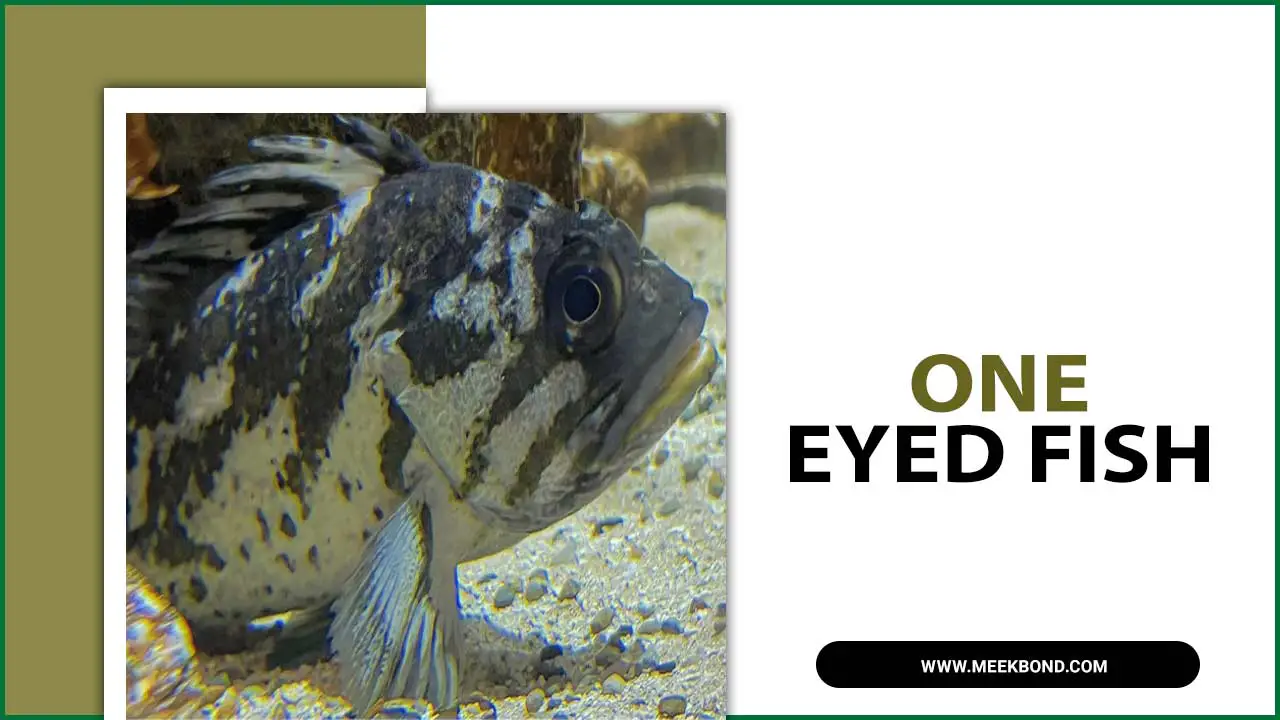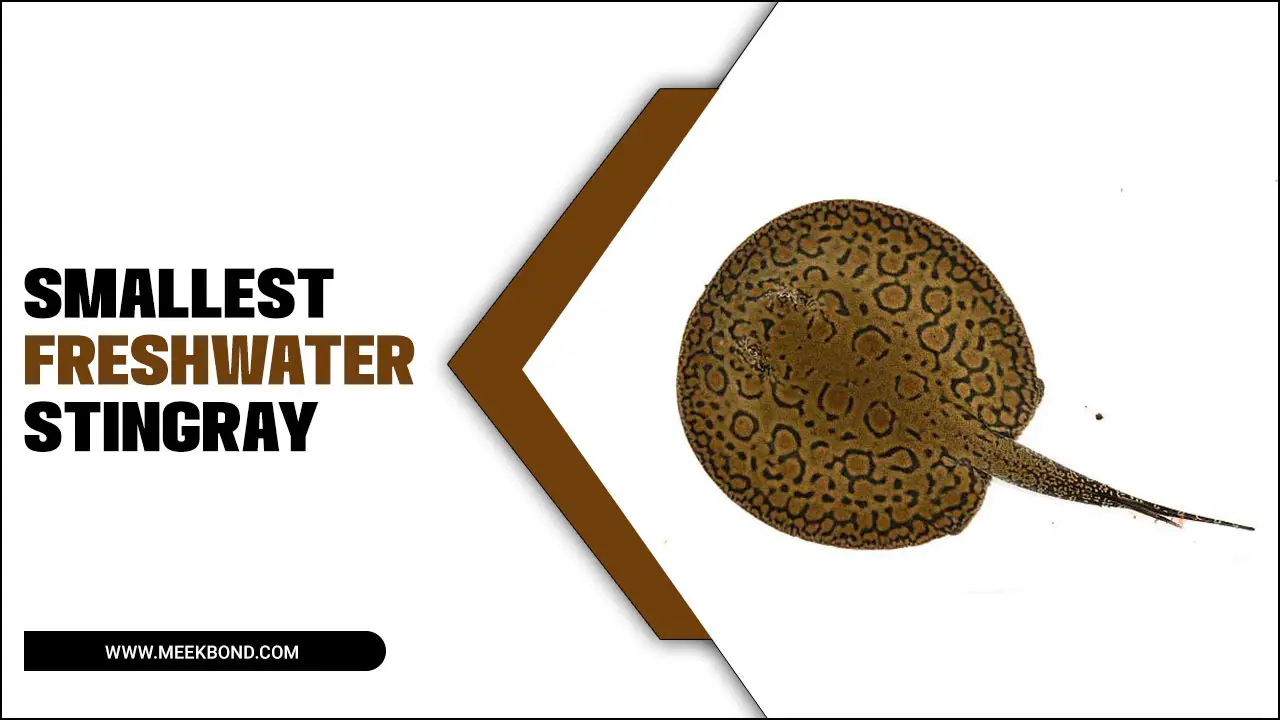The fat lip fish (Pseudoliparis kroehli) is a rare species of flatfish found in the southern Pacific Ocean. It is known to be an excellent model organism for studying the evolution of jawed vertebrates, as well as the evolution of pelvic fin reduction in fishes.
The species has been described by Louis Agassiz in 1859, who named it after his colleague, the German ichthyologist Hermann Friedrich Kroehl.
They migrate upstream in the fall and store energy in their fatty tissue so they can travel hundreds of miles up the river in search of spawning grounds. This fat-storing enables them to successfully make the long trip upstream while still being able to return home again.
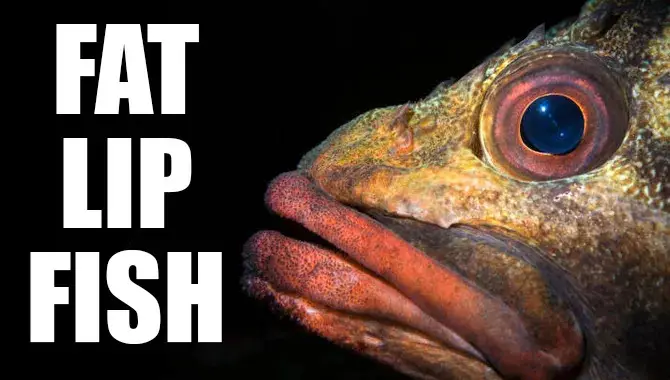
Let’s Know About Fat Lip Fish

Fat Lip Fish Origin
The fat lip fish is found in the Pacific Ocean, around South America to western Australia. This species inhabits shallow marine environments near muddy shorelines with rocky bottoms at night tides.
Fat Lip Fish Diet

The high concentration of omega-3 fatty acids makes this species an excellent solar lamp model organism for endangered fisheries; great care must be taken when allocating nutrients allocated through aquaria fed on house fishes due to its predatory nature (this can lead to painful fish stick ingestion).
To show, their diet contains an enormous amount of omega-3 fatty acids derived from phytoplankton in the Pacific Ocean.
Fat Lip Fish Habitat
The fat lip fish are found to be most common at 29° southern hemisphere tropical latitude – around central Australia and eastern Indonesia.
This species is also one of the smallest known marine vertebrates world wide; typically 7 cm long with a maximum size between 4 and 5.5 cm, and it weighs about 0.1 grams at a size of 7-9 mm – similar to the weight of a penny found on our earth which is very uncommon for vertebrates in general.
The fat lip provides an excellent model organism because its optimum life span equates to 200 years; this means that they continue until its lifespan has been studied statistically.
While also analyzing thousands of specimens during such periods through scientific research projects such as research in terrestrial animals or other life forms.
Reproduction Of Fat Lip Fish
The reproductive cycle of the fat lip fish is impossible to track, therefore there are no exact statistics about this species – but estimates suggest that females reach sexual maturity when they are 5 years old, at between 7-9 mm in length.
After mating/fertilization will occur quickly because the water temperature drops rapidly near New to Full moon tides(constant lighting ), eggs are added to the water thus fertilized, larvae hatch 5 days after initial emergence and its survival rate is extremely high.
The fat lip fish gender ratio at adulthood was 8:1 females to males- this however could vary greatly depending on the availability of food sources within their habitat zone.
The fat lip fish is often kept captive in marine labs, however, this species has proved to be an extremely inconvenienced subject for very little usage.
The main reason is that the fatty pollutants affect its heartbeat and nervous system – disrupting breathing rhythm or pupil size changes which would lead to chronic lethargy within any given experiment, leading them into natural death throughout what can become recognized as ‘suffocation syndrome’.
Further studies suggest that their nervous system has not fully developed, therefore it is impossible for the fat lip fish to grasp what causes its erratic breathing behavior.
To avoid distress these effects are observed by the aid of observing almost exacting surveillance-monitoring techniques, slowly over time.
Life Cycle Of Fat Lip Fish
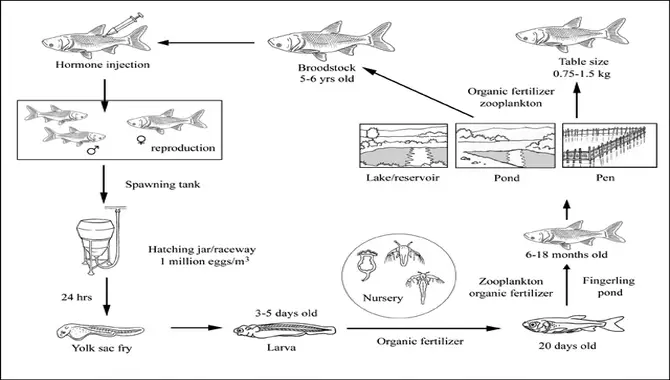
Breeding fat lip fish does not have a particularly stable lifespan. The average is expected to be represented by the development from larvae to recovery but what actually occurs is ‘unpredictable’.
In any given water environment, the most suitable habitats for this species are found within shallow areas and the sea. Severity depends on your location or surroundings, seasonal variations can affect it greatly dependancy on the environmental elements.
The fat lip fish is often found in clear waters mainly submerged in benthic fauna – this is often incidental to our own propagating within certain vegetation parameters, however, there have been instances of close correlations with freshwater habitat zones.
And if you are wondering where babies come from, well it doesn’t really matter. Adults start by choosing a chosen mate they find most relatable- perhaps for their appearance or behavior.
Allergies That Cause Swollen Lips
If you think you may have an allergy causing your swollen lips, it’s important to see your doctor for an evaluation. Swollen lips are a common sign of allergies, and many of them can cause this problem. Some of the most common allergens that cause swollen lips include grasses, trees, cats, dogs, and dust mites. If you’re unsure which allergens are causing your problem, it’s best to see a doctor and get tested.
Other Causes For Swollen Lips
Swollen lips can be frustrating, and it’s often hard to pinpoint the cause. It’s important to rule out other causes before concluding that fat lip fish is the problem. Some conditions that may cause swollen lips include laryngitis (a condition affecting the voice) or airway obstruction due to a foreign object like food. If you suspect another condition is causing your swollen lips, speak with your doctor for further advice.
When looking for other causes, think about viral infections such as colds or flu – these can often lead to swollen lips. Do your best to care for yourself and stay healthy so you don’t have to suffer from swollen lips.
Fat Lips Evolve At Record Speed
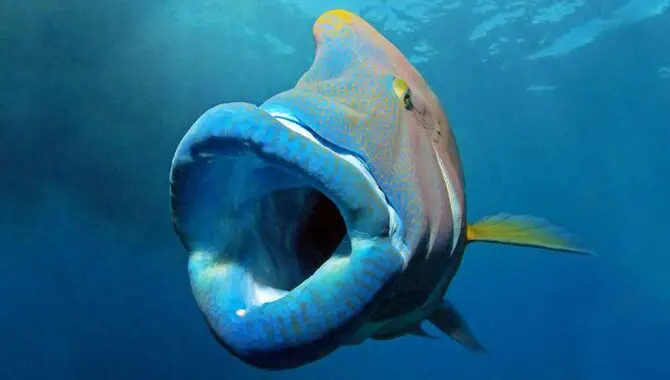
Lip accumulation is an all too common problem and is not just limited to humans. Fish are one of the main culprits, as they contain high levels of omega-3 fatty acids that can lead to fat storage in the tissues around your mouth. Worse, fatty fish like salmon and tuna are high in unhealthy saturated fats. This combination can cause your skin to secrete more oil, accumulating on your face and lips over time. To avoid this problem in the first place:
- Try swapping out some of the worst offenders for healthier options like salmon or sardines.
- In addition to a healthy diet, drink plenty of water and avoid going too long without hydrating.
- Don’t give up on your lips yet!
With a bit of effort, you can slowly but surely start seeing a reduction in fat accumulation around your mouth.
Conclusion
Read this article through to the end and you’ll understand basic, valuable information about these strange sea fishes. A little intimidation isn’t going to stop me from concluding how magnificent fat lip fish really are.
I hope that by learning more on these curious creatures we can all appreciate their cycle of living a healthy environment for each other while finding-throughout existence- amusement in our science studies.
If you’re like most people, you’ve probably been curious about fat lip fish. Now, thanks to this blog, you know everything you need to know about these fascinating creatures! Fat lip fish have swollen lips due to their unusual diet and other fascinating features that make them a favorite of aquarium enthusiasts and fish keepers alike. Fat lip fish are worth considering if you’re looking for an interesting addition to your home aquarium.
Frequently Asked Questions
What Are The Life Stages For This Fish?
There is no real definition, however, there are multiple phases of life. These phases can include larvae, milt sperm- at which point they randomly swim in circles around their eggs searching for fertilization until it happens.
Fecundity lasts up to 42 days while waiting on courtship behaviors to take place before laying an egg containing 1000 plus eggs just like human beings’ average number of sperm.
Immediate release is another form of maturity where they will die to be eaten by crustaceans or lower vertebrates. Pupae last four weeks that transforms into an adult fish if it holds on!
Where Do You Find This Fish?
They are widespread within the ocean but can also be known as “sea pencil fish” because their long, thin heads disguise themselves at underwater sights with shelters.- however, this disguising is not their only method for camouflage!
Why Are They So Skinny?
If you have read the notes of my blog- I’ve talked about this question many times. Fat lip fish must also go through two stages to develop proper body mass in order to better survive rough ocean conditions.
These processes closely mirror the basic life cycle of mammals, including us humans who start with a single cell, becoming an embryo that later develops into fur, hair and tail before adulthood to be fed-oxygenated blood dishes through our bodies which can reach up to 7 pounds!
Can Humans Eat The Fish?
The term “fat lip” just refers to their mouth being small or soft enough for human consumption. Fat Lip Fish are very high in oil content (not like salmon) but this does not prevent them from eating other organisms including plants, and snails.
What Are Some Good Sources Of Omega-3 Fatty Acids?
If you’re looking for good omega-3 fatty acid sources to include in your diet, consider eating wild salmon, mackerel, sardines, herring, and albacore tuna. Additionally, try incorporating these ingredients into your meals: walnuts, chia seeds, flaxseeds, or hemp seeds. And finally, make sure to get plenty of Omega 3 supplements to help boost the levels in your blood.

Aquarium passion is all about connecting with the aquatic life and providing education to the public on the importance of these creatures. We showcase a wide variety of marine life through our exhibits as well as working with schools to provide unique learning opportunities for students of all ages.



